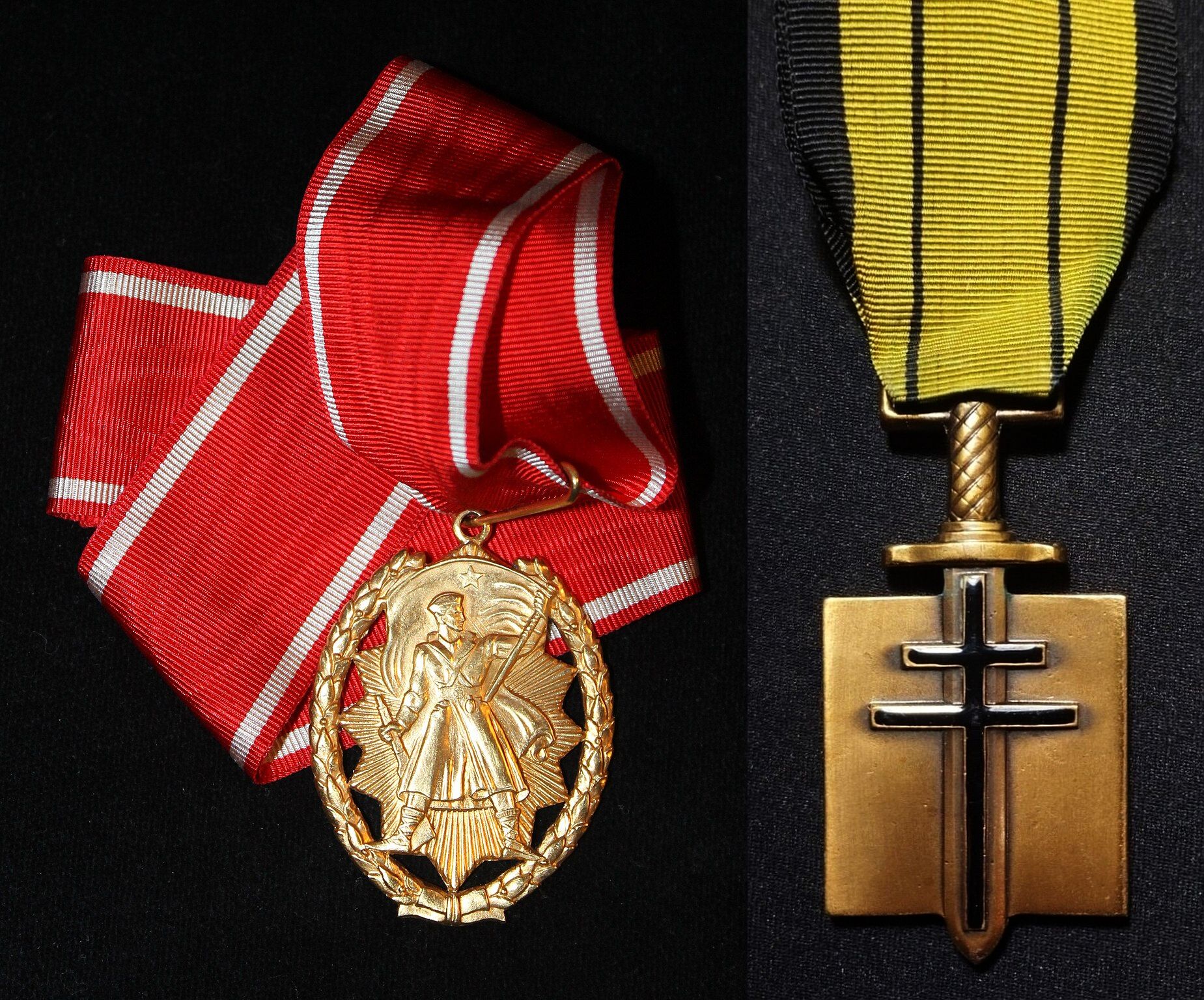Rewarding bravery: „People’s Hero” and „Companion of the Liberation”
On 22 May 1942, the Italian occupiers shot 25 anti-fascists in the Croatian city of Šibenik Among them was Rade Končar, a pre-war revolutionary, political secretary of the Communist Party of Yugoslavia, one of the organizers of the uprising in summer 1941 in Croatia. When he had been arrested, the Italians did not know who he really was. Subjected to torture, he did not reveal his identity, nor his comrades. Before his execution, he was asked if he wanted to request pardon and he replied: “I don’t ask for mercy, nor would I give it to you.”
In August 1942, Rade Končar was declared a Yugoslav People’s hero. Who were the People’s heroes? They were partisan fighters rewarded for their exceptional bravery. The title was introduced by the Partisan leadership end of 1941, modeled after a similar hero title used in the Soviet Union. That resistance movements created their own bravery awards was not specific to Yugoslavia. Another example is the ”Order of Liberation” created by Charles de Gaulle in 1940 to honor persons for their extraordinary efforts to liberate France, who then got the title “Companion of the Liberation”. With this kind of awards, that are usually distributed by states, the resistance movements also wanted to surround themselves with the legitimacy of a state.
How often were these awards distributed? The Order of the People’s Hero of Yugoslavia was given to 1,322 persons (among them 19 foreigners), 32 units and institutions of the People’s Liberation Army and six cities (among them Zagreb). The French “Ordre de la Libération” was awarded to 1.038 persons (including 54 foreigners), 18 army units, and 5 municipalities. In France, most awards were distributed during the war and the last in 1946, while in Yugoslavia most were distributed in the 1950s. Another difference is that in Yugoslavia, more than 70% awards were given posthumously, for persons who were killed in the war, while in France this percentage was 25%. What both orders have again in common is that the big majority of rewarded persons were men: In Yugoslavia only 91 women received the order, and in France even only six. This does not reflect the real role of women in both resistance movements, but says a lot about how much power structures were dominated by men. For the French case, one explanation is also that bravery was usually associated with military deeds, and that women in the French resistance very rarely bore arms – in difference to the Yugoslav Partisans.
Nataša Mataušić & Nicolas Moll


